Georgian Architecture: How to Recognize It and Why It Still Shapes Cities
Georgian architecture is all about balance, clean lines, and repeatable rules. If you know a few visual cues, you can spot a Georgian building on a walk in minutes and understand why its shape still influences city streets and neighborhoods.
How to spot Georgian buildings
Look for strong symmetry. Most Georgian houses have a centered front door with equal numbers of windows on each side. Windows are usually sash style (vertical sliding panes) in regular rows.
Check the roof and chimneys. Georgian roofs are simple—often shallow pitch—with multiple chimneys placed symmetrically. That rhythm of chimneys helps give the façade a steady, formal look.
Notice the entrance details. A paneled front door topped by a decorative crown or small pediment and flanked by simple columns or pilasters is classic Georgian. Fanlights or transom windows above the door are common too.
Materials and trim matter. Brick façades with clean mortar lines, stone lintels, and modest cornices with dentil molding are typical. Colors tend to be restrained: red or brown brick, off-white trim, and dark painted doors.
Why Georgian still matters in cities
Georgian rules created predictable street rhythms—rows of terraces, even setbacks, and squares—that planners still copy because they work. Those proportions make sidewalks, windows, and doorways feel human-scaled and pleasant to walk by.
When cities reuse Georgian blocks, they get neat blocks that adapt easily: ground-floor shops, apartments above, and clear guidelines for restoration. That adaptability explains why Georgian forms keep appearing in revival styles and modern urban design.
Want to restore or update a Georgian home? Keep proportions first. Replace windows with true-divide sash units or good replicas. Repair brick with matching lime mortar rather than hard cement. Keep simple moldings and avoid oversized modern trim that breaks the original balance.
Small changes go a long way. Repaint the door in a strong but period-appropriate color, improve insulation from the inside, and restore the original staircase or entry stoop rather than replacing it. Those moves preserve curb appeal and value.
If you’re researching or restoring, check local preservation rules—many neighborhoods have clear guidelines tied to Georgian and revival homes. For a deeper look at urban impacts and specific city examples, read our article "Georgian Architecture Influence on Modern Urban Design: A Deep Dive."
Ready to explore more styles that grew from the same classical ideas? Browse linked posts on this tag for Georgian comparisons with Georgian-influenced movements and practical preservation tips you can use today.
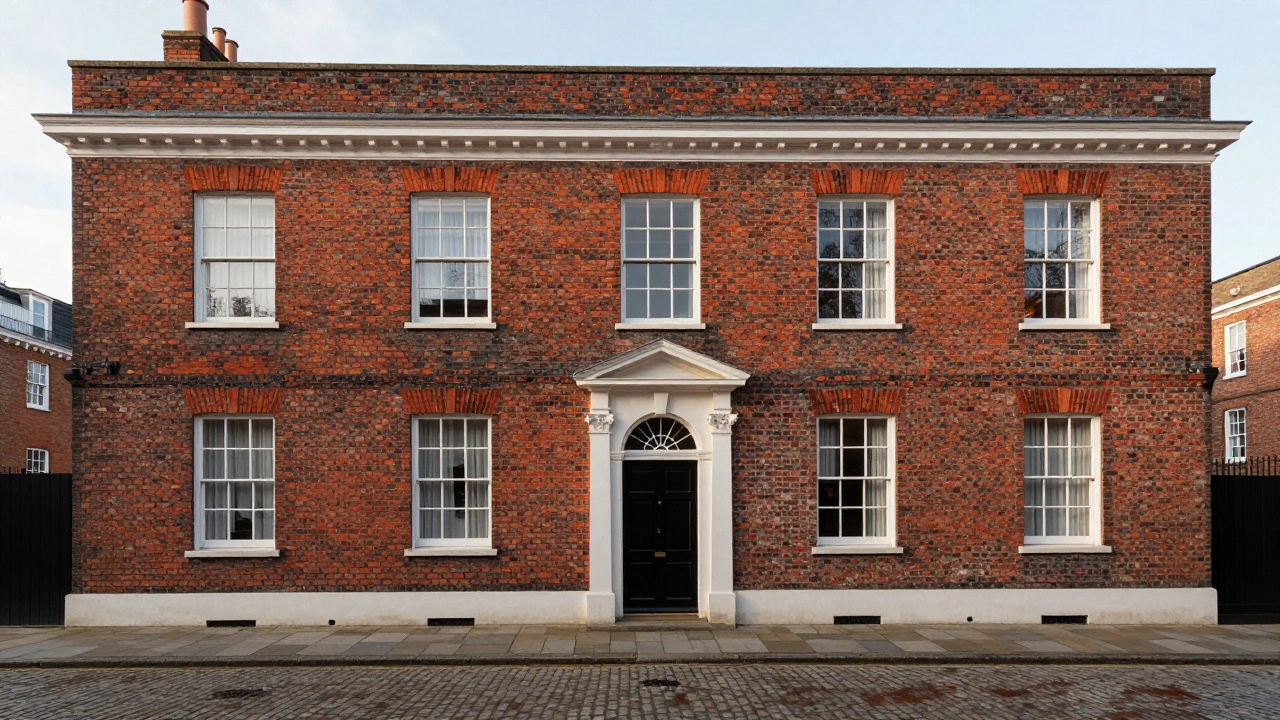
How Georgian Architecture Evolved Through Centuries
Georgian architecture evolved from classical principles into a timeless style defined by symmetry, proportion, and craftsmanship. Built between 1714 and 1830, its enduring appeal lies in its durability, functionality, and quiet elegance.
Read more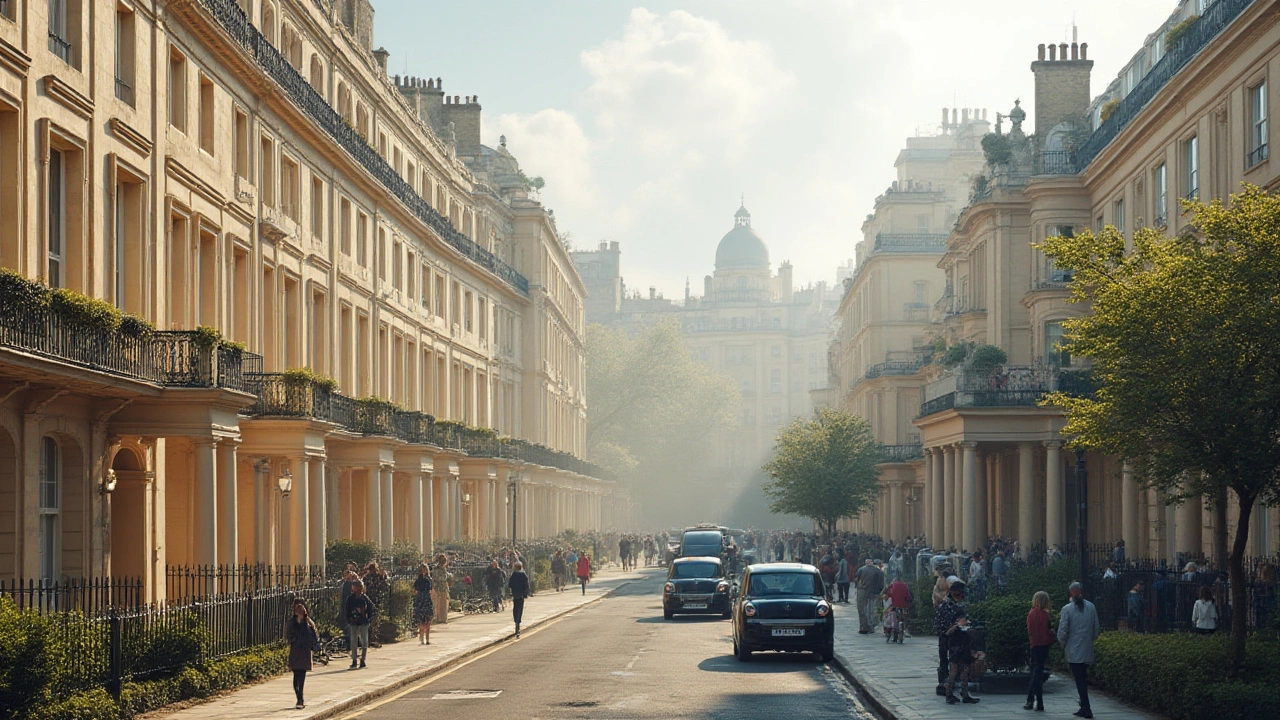
Georgian Architecture Influence on Modern Urban Design: A Deep Dive
Explore how Georgian architecture shaped city layouts, building styles, and community planning. Learn about its history and lingering impact on today's urban spaces.
Read more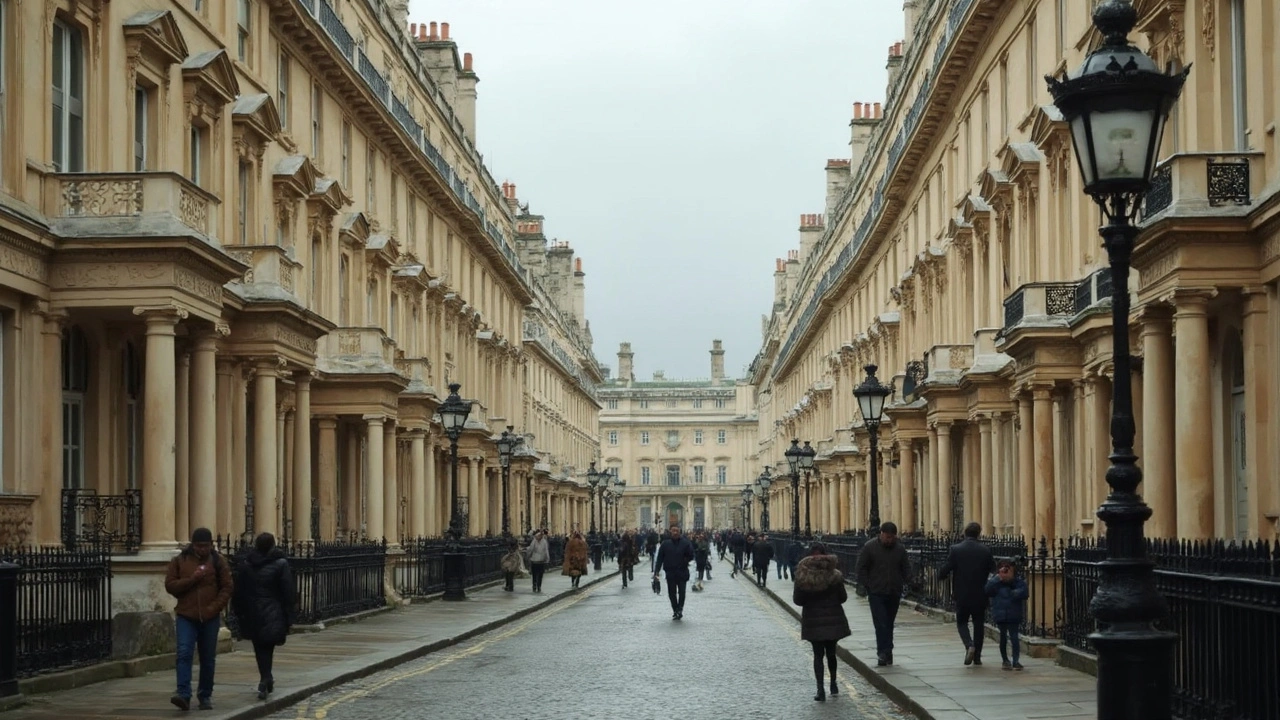
Georgian Architecture: Beyond Bricks and Mortar
Georgian architecture isn’t just about grand buildings and perfect symmetry. It’s a style that shaped city streets and family homes, changing how people lived and built for over a century. This article digs into what makes Georgian buildings stand out, how you can recognize one, and why their influence still shows up everywhere—from town halls to new apartments. Expect practical tips if you’re hunting for a Georgian property or thinking of renovating one, plus some little-known facts guaranteed to surprise even the biggest history fan.
Read more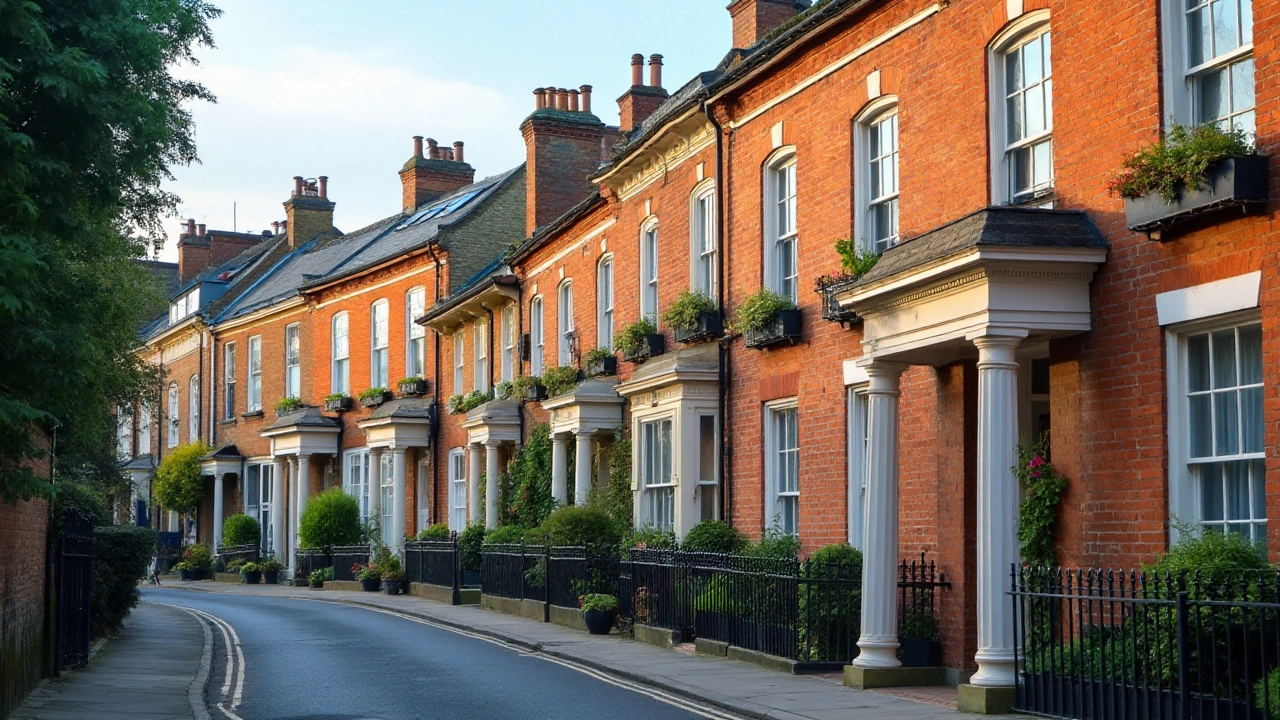
Exploring Georgian Architecture: A Study in Balanced Design
Georgian architecture, named after the British monarchs of the 18th and early 19th centuries, is celebrated for its emphasis on symmetry and proportions. This style, marked by its classic elegance and restrained decor, incorporates the harmonious use of mathematical ratios that reflect the ideals of the Enlightenment period. Through careful analysis of Georgian architectural elements such as windows, columns, and brickwork, we uncover the timeless appeal that continues to influence modern design today. This article provides an engaging exploration into the characteristics and enduring charm of Georgian architecture.
Read more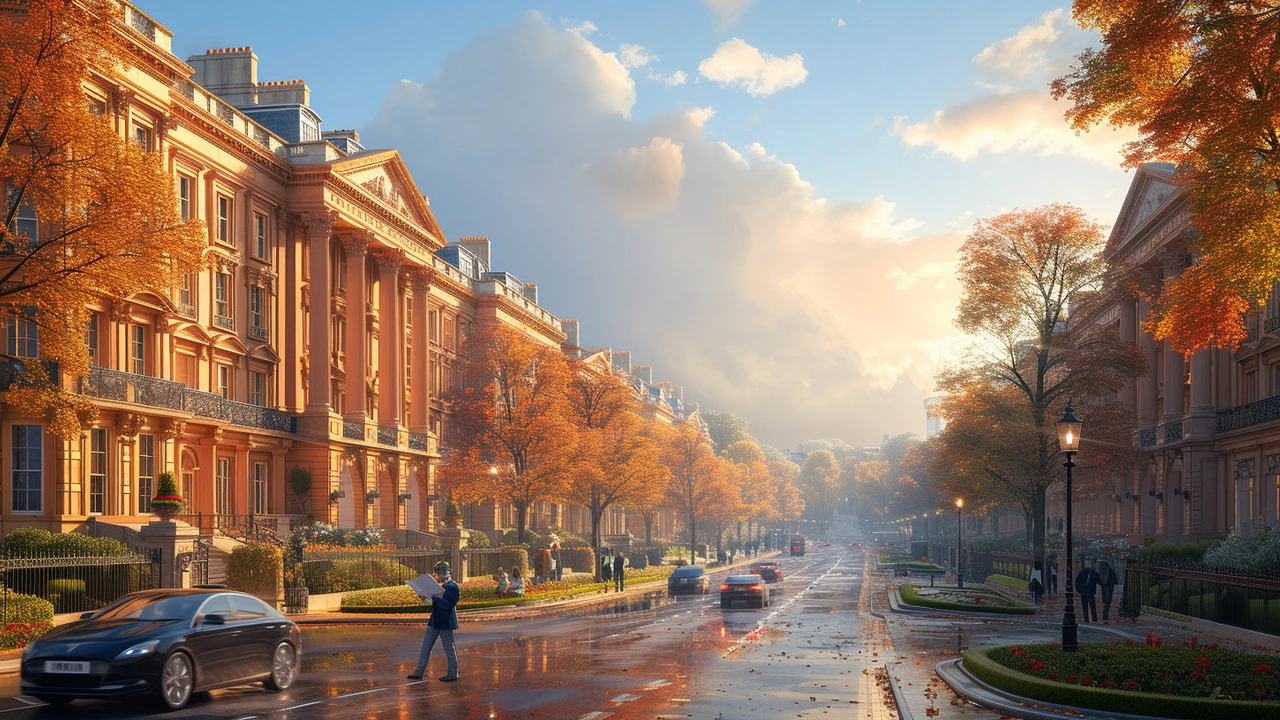
Exploring Georgian Architecture's Impact on Urban Landscape Design
Georgian architecture has played a significant role in shaping the urban landscapes of cities around the world. This article delves into the history of Georgian architecture, its defining characteristics and how it has influenced modern urban landscaping. Readers will gain insights into the elegance and functionality of Georgian design elements, and how these have been adapted in contemporary city planning. The article also highlights the importance of preserving Georgian architectural heritage in urban environments.
Read more
Georgian Architecture: A Testament to Elegance and Symmetry
Hi there, I'm so ecstatic to share with you this enlightening piece on Georgian Architecture, that perfect testament to elegance and symmetry. We'll delve deep into its fascinating origin, unique characteristics and lasting influence on modern architecture. I am positive that you will appreciate the timeless beauty of Georgian design as much as I do. This piece is not just a treat for design enthusiasts, but adds a new perspective for anyone who values in-depth historical narratives with a human touch. So, ready for this architectural journey with me?
Read more